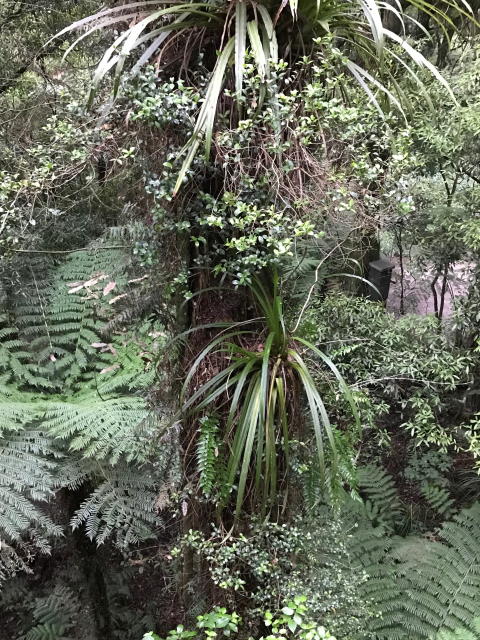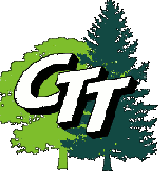Old, gnarly trees

Gnarly, half-rotten, old trees are precious. We need to cherish them,’ writes the philosopher/environmentalist George Monbiot, in a recent ‘Guardian’ article. ‘Big old trees are the keystone structures of forests on which many species depend.’ This brings to mind the wonderful old tawa, rata and rimu to be seen at Maungatautari, and if you walk to the tower in the Southern Enclosure you can get up close and personal with such ecosystems (see picture). You can see the vines, the epiphytes, the mosses, lichens and fungi that flourish on these giant trees. What you don’t often see are the creatures that make their homes there; kaka, morepork, saddlebacks and even tiny rifleman nesting in rotten hollows, bats sheltering in splits in the trunk, lizards lapping at tiny pools of water in branch forks, weta and the many other insects and their larvae that feed on plants and decaying wood, and become in turn food for larger creatures.
All truly healthy ecosystems, seabeds, meandering rivers, forests, depend on ‘old and gnarly places’; in forests, ancient, even rotting, trees that develop over centuries provide the natural architecture for the slow growth of a rich, complex biodiversity. Replacing an old tree with ‘a dozen saplings in plastic rabbit guards is no more meaningful than replacing [a painting by] an old master.’
This got me thinking about what we do in our towns when we talk of the desirability of providing habitat for bats and a diverse range of insects, lizards, and birds. It is not of course a natural forest environment, but to be in any measure successful it surely requires us to pay more attention to the vital importance of retaining wherever possible our big old trees, both native and exotic.

